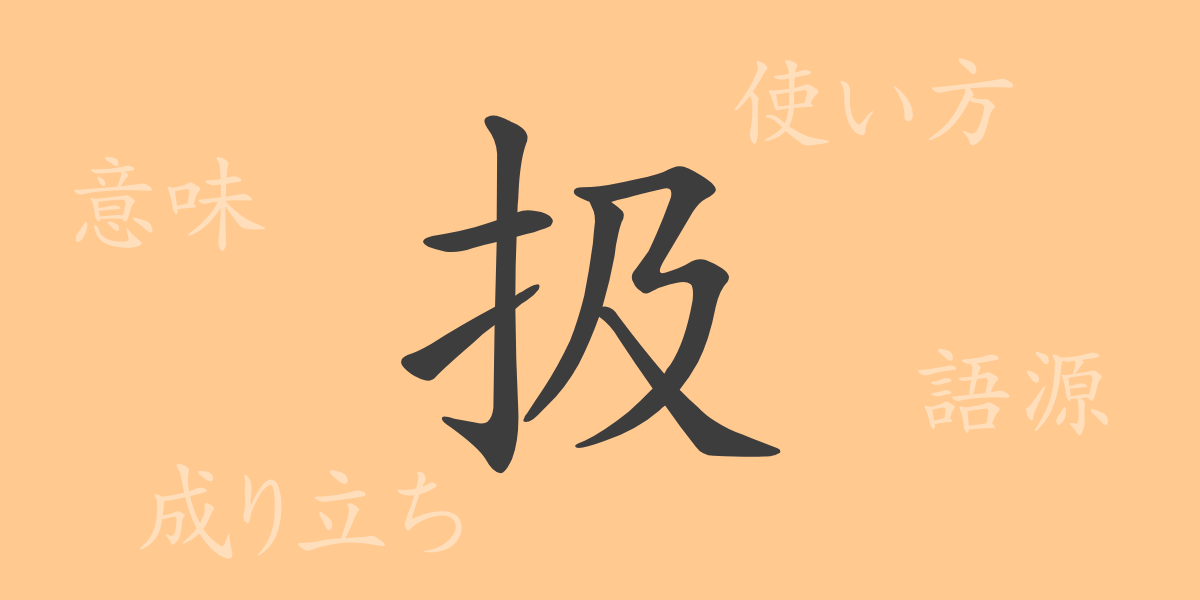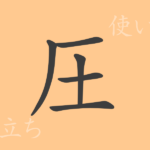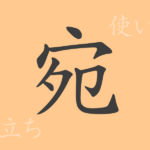“
Japanese language possesses a rich spectrum of expressions that delicately convey nuances of emotions and actions. Among the commonly used Kanji, “”扱 (Atukai)”” plays a frequent role in daily life. This article delves into the origins of “”扱,”” its contemporary applications, and associated idioms and phrases, exploring its enduring allure.
Origins of 扱 (Atukai)
The kanji “”扱”” originates from “”扌”” (Tehen), symbolizing the hand, and represents the action of handling or manipulating something with the hands. Born in ancient China, this character embodies the actions of how hands deal with matters, a meaning that has persisted into its use in Japan today.
Meaning and Usage of 扱
“”扱”” means ‘to handle’ and illustrates how things or people are treated or managed. This kanji is used across a broad spectrum of contexts, from handling objects to the manner in which people are treated within relationships.
Readings, Stroke Count, and Radical of 扱
The kanji “”扱”” reflects its form and function in its readings and structure:
- Readings: On’yomi “”Kyou””, Kun’yomi “”Atuka-u””, “”Atuka-i””
- Stroke Count: A total of 8 strokes.
- Radical: 扌 (Tehen) or hand radical.
Idioms, Phrases, and Proverbs Using 扱
Idioms and phrases containing “”扱”” demonstrate the richness of expression in the Japanese language. For example, “”取り扱う”” (Toriatuka-u) means to handle something, and “”扱き使う”” (Kokituka-u) signifies using someone at one’s discretion, terms commonly heard in everyday conversations and business contexts.
Summary of 扱
The kanji “”扱”” is a vital element in Japanese due to its versatility and richness of expression. In our daily lives, we encounter and master various applications of “”扱.”” Understanding the depth of this single character enhances our comprehension of language, enriching our communication skills.
“

























